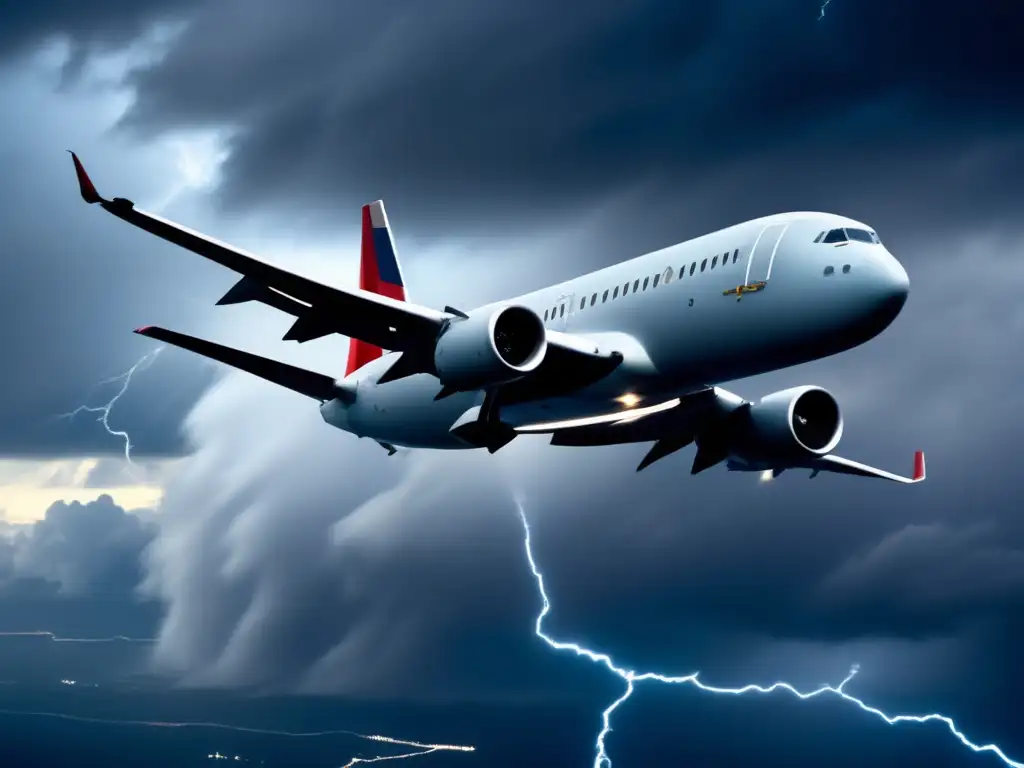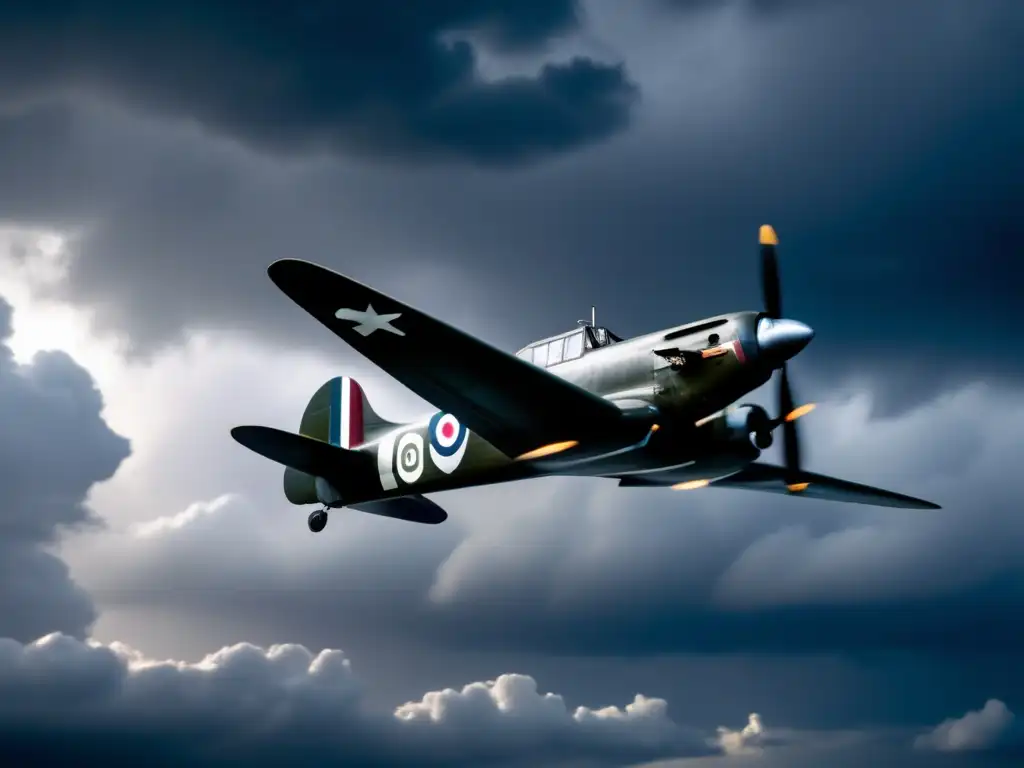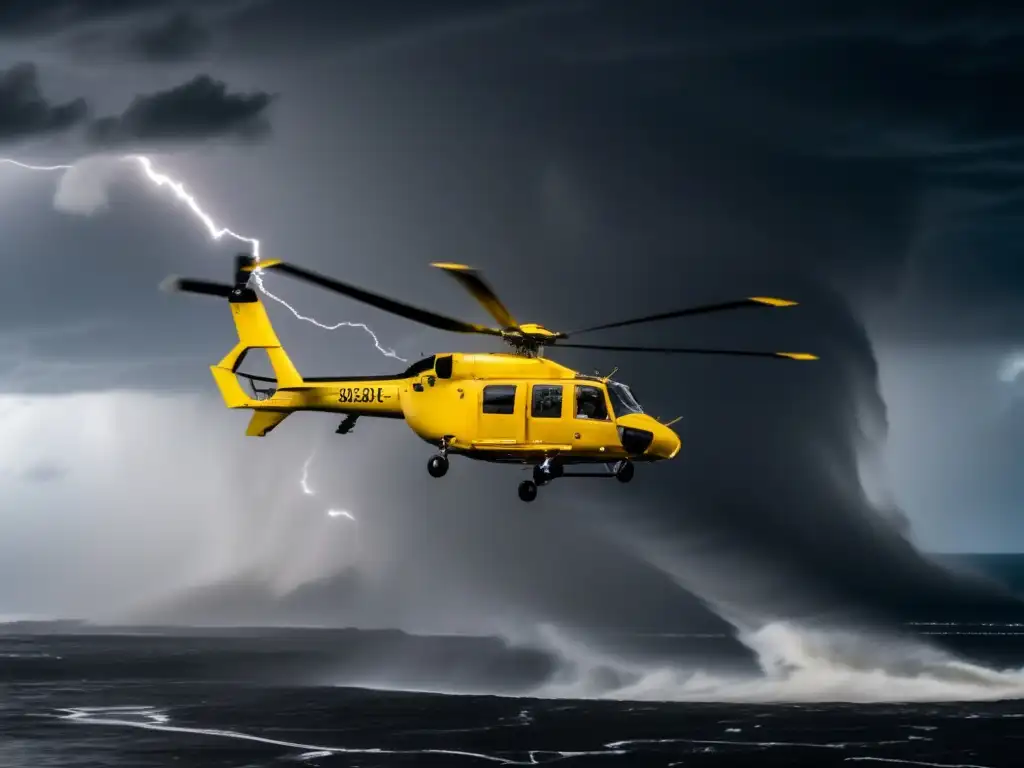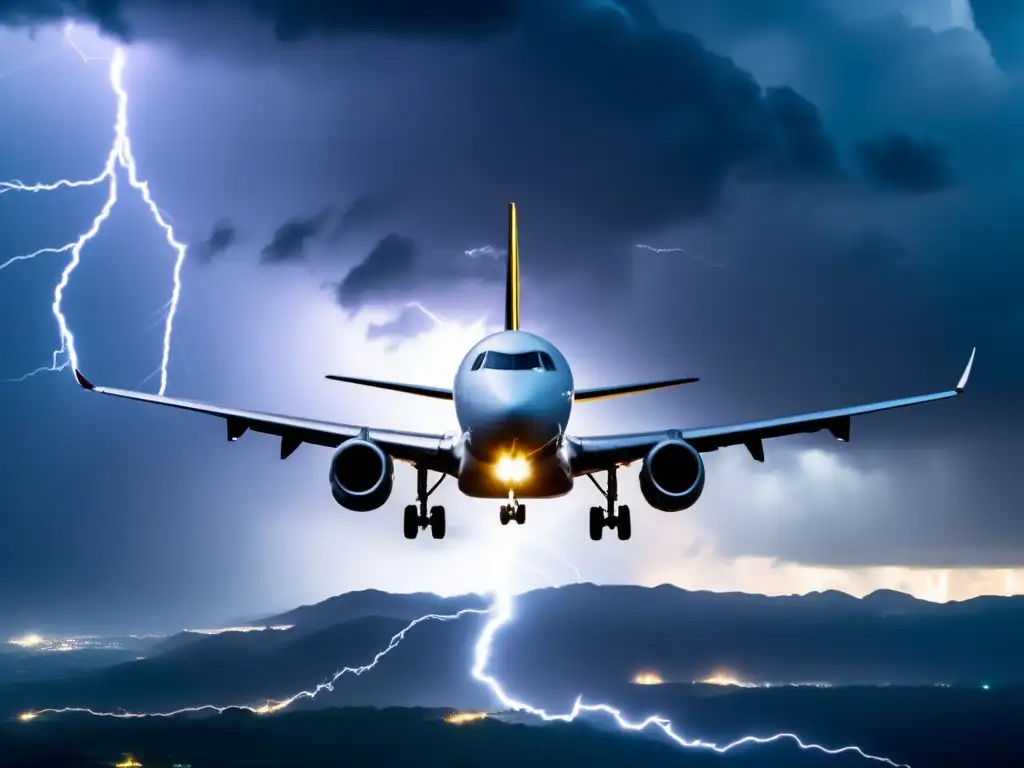Aircraft Reconnaissance: Flying Into The Eye Of The Storm

Aircraft Reconnaissance: Flying Into the Eye of the Storm
Introduction
The unpredictability and intensity of a hurricane can be remarkably daunting. From damaging winds to torrential rainfall, these storms can cause extreme devastation in just a matter of hours. For decades, however, aircraft reconnaissance has been an essential tool in tracking and predicting the path of these powerful storms. By flying directly into the eye of the storm, researchers are able to collect crucial data that leads to more accurate predictions and ultimately helps save lives.
The Purpose of Aircraft Reconnaissance

What Is Aircraft Reconnaissance?
Aircraft reconnaissance is the process of gathering information about a storm through direct observation. This is done by flying aircraft into the eye of a hurricane. The collected data is used to gain an understanding of the storm's strength, track, and potential impact.
Why Is Aircraft Reconnaissance Important?
While satellite imagery and computer models are helpful for predicting the path of a hurricane, they are not always entirely accurate. By flying directly into the storm, researchers can gather real-time data on important factors such as wind speed, temperature, and barometric pressure. This data is crucial for creating more accurate models and forecasts, allowing officials to better prepare and protect communities in the storm's path.
How Do Aircrafts Gather Data?
There are three primary ways that aircrafts gather data during a hurricane:
- Doppler Radar: Radar systems mounted on the aircraft can gather valuable data on wind speed and direction within the storm. This information is used to create radar images that help forecasters better understand the storm's structure and intensity.
- Dropsondes: Small tubes containing instruments are dropped into the storm from the aircraft. These dropsondes collect data on temperature, humidity, pressure, and wind speed as they fall towards the surface of the ocean, providing a vertical profile of the atmosphere within the storm.
- Flight-Level Measurements: Pilots within the aircraft collect vital information about the storm's structure and movement by flying through it. Measures such as barometric pressure, temperature and wind speed are gathered to reveal information about the storm's inner workings.
The History of Aircraft Reconnaissance

The First Flight into a Hurricane
The first recorded flight into a hurricane occurred in 1943 during World War II, when a U.S. Navy aircraft flew into a Category 1 hurricane off the coast of Texas. The purpose of the flight was to learn more about the storm's strength and trajectory which could be used to enhance military maneuvers.
Evolution of Hurricane Hunter Planes
In the 1950s, specialized planes called "Hurricane Hunters" were developed to carry out reconnaissance missions. The military used converted bombers, while the civilian National Oceanographic and Atmospheric Administration (NOAA) use four-engine Lockheed WP-3D Orion aircrafts operated by NOAA pilots and crew.
Modern Aircraft and Technology
The technology used in modern hurricane reconnaissance flights has come a long way since the early days of hurricane hunting. In addition to advanced radar and dropsonde systems, aircraft now have real-time weather satellite communication and the ability to send information back to the hurricane center almost immediately.
Risks and Rewards of Hurricane Reconnaissance

The Dangers of Flying Into a Hurricane
Flying into a hurricane is an inherently risky endeavor and one that requires highly skilled pilots and aircrafts capable of withstanding severe turbulence. Despite the many precautions taken, there have been tragic accidents in the past, including the loss of three lives during a National Oceanic and Atmospheric Administration (NOAA) flight in 2010.
The Benefits of Hurricane Reconnaissance
Despite the risks involved, the benefits of hurricane reconnaissance are undeniable. By gathering real-time data on wind speeds, pressure, temperature, and other crucial factors, researchers can create more accurate models that allow officials to make better-informed decisions with the goal of protecting lives and property.
Frequently Asked Questions

-
What Is Aircraft Reconnaissance?
Aircraft reconnaissance is the process of gathering information about a storm through direct observation by flying aircraft into the eye of the hurricane.
-
Why Is Aircraft Reconnaissance Important?
By gathering data in real-time about the strength, track, and potential impact of the storm, the information can be used to create more accurate models and forecasts, allowing officials to better prepare and protect communities in the storm's path.
-
Are There Risks Involved in Hurricane Reconnaissance Flights?
Yes, flying into a hurricane is inherently dangerous and requires highly skilled pilots and advanced aircraft that can withstand severe turbulence.
-
What Types of Data Are Collected During a Hurricane Reconnaissance Flight?
The data collected during hurricane reconnaissance includes wind speed, temperature, pressure, and humidity at different flight levels in order to build an accurate vertical profile of the atmosphere within the storm.
-
How Has Hurricane Reconnaissance Evolved Over Time?
From the first recorded flight into a hurricane during World War II to today's modern technology, the tools and equipment used in hurricane reconnaissance have come a long way. The development of specialized Hurricane Hunter planes has improved the precision of the data gathered and the safety of the flights themselves.
Conclusion
Aircraft reconnaissance has become an essential tool for predicting the path and intensity of hurricanes. By gathering accurate data through direct observation, researchers are able to create models that provide valuable insight into the potential impact of these devastating storms. While the risks associated with hurricane reconnaissance are high, the rewards in terms of saving lives and property are immeasurable. As we continue to face the increasing threat of powerful hurricanes, aircraft reconnaissance will remain a crucial part of our efforts to understand and predict these deadly storms.
If you have any thoughts or comments on this topic, please leave them below. Subscribe to HurricaneInsider.org to stay up to date on hurricane-related news and information. Thank you for your attention and stay safe during hurricane season!
Additional Resources

- National Hurricane Center: Hurricane Reconnaissance
- NASA Science: Hurricane Hunters
- Wikipedia: Hurricane Hunters
 Retired Hurricane Names: Why And Which Ones
Retired Hurricane Names: Why And Which Ones Ancient Hurricanes: What We Know From The Geological Record
Ancient Hurricanes: What We Know From The Geological Record Hurricane-Proofing Cities: Is It Possible?
Hurricane-Proofing Cities: Is It Possible?If you want to discover more articles similar to Aircraft Reconnaissance: Flying Into The Eye Of The Storm, you can visit the Basic knowledge about hurricanes: category.
Leave a Reply

Articulos relacionados: